While other luxury automakers scrambled to be the first to provide an SUV, Ferrari was conspicuously absent from the lineup. The Italian luxury brand took its time. When it finally arrive, the Purosangue SUV, which was designed and engineered to be a Ferrari first, shocked and impressed just about everyone. And for those that aren’t up on their Italian, “Purosangue” translates to “thoroughbred” in English and is an apt moniker.
This was no boxy, hastily designed, haphazard SUV. Instead, the exotic-looking Purosangue has a broad, low stance and a seductive, wide shouldered appearance. But nothing detracts from the Purosangue’s primary purpose, which is to excite. The Purosangue stands out more than any of its competitors, thanks to its iconic design, naturally aspirated V-12 engine that produces 715 horsepower, all-wheel-drive system modelled after the Ferrari FF’s, and innovative adaptive suspension technology that nearly eliminates body roll. For Ferrari, being late appears to have had its advantages.
The main competitors for the Purosangue include the Porsche Cayenne Turbo, Aston Martin DBX, and Lamborghini Urus. In many ways, like its competition, this Ferrari is, in every sense, a fantastic SUV. However, the Purosangue does have a few oddities, such as an overly complicated steering wheel with numerous controls and the absence of a central touchscreen to handle vehicle operations. Instead, Ferrari has opted for a complex, haptic system. There is a 10.2-inch digital gauge cluster and a secondary 10.2-inch screen for the front passenger, but there isn’t a central infotainment display. Although Apple CarPlay and Android Auto come standard, Ferrari does not offer an in-dash navigation system, as it assumes that most people will use their phones for this purpose.
The Purosangue comes standard with a stable of luxury and performance features, but Ferrari also offers specific extras that customers may wish to consider. The optional electrochromic glass top (think push-button windows on a Boeing 787) will entice sunseekers, and massaging front seats would be a pleasant addition on a drive to KL. The massaging front seats feature 10 airbags that deliver a relaxing, targeted massage with a choice of five different massage types and three intensity levels.
Naturally, there will be some traditionalists who might mock a Ferrari SUV. Still, it’s important to point out the naturally aspirated 6.5-liter monster of an engine that lurks beneath the Purosangue’s bonnet with its astounding 528 pound-feet of torque. This makes the Purosangue a dream to drive, with performance and handling that are nothing short of outstanding – just what you’d expect from the Prancing Horse. And thanks to its seductive styling, the Purosangue doesn’t look like an SUV, but more like a sexy GT. Just compare its silhouette to a Lamborghini Urus and you’ll immediately see the contrast.
(Related: Driven by Legacy, Designed for Tomorrow)
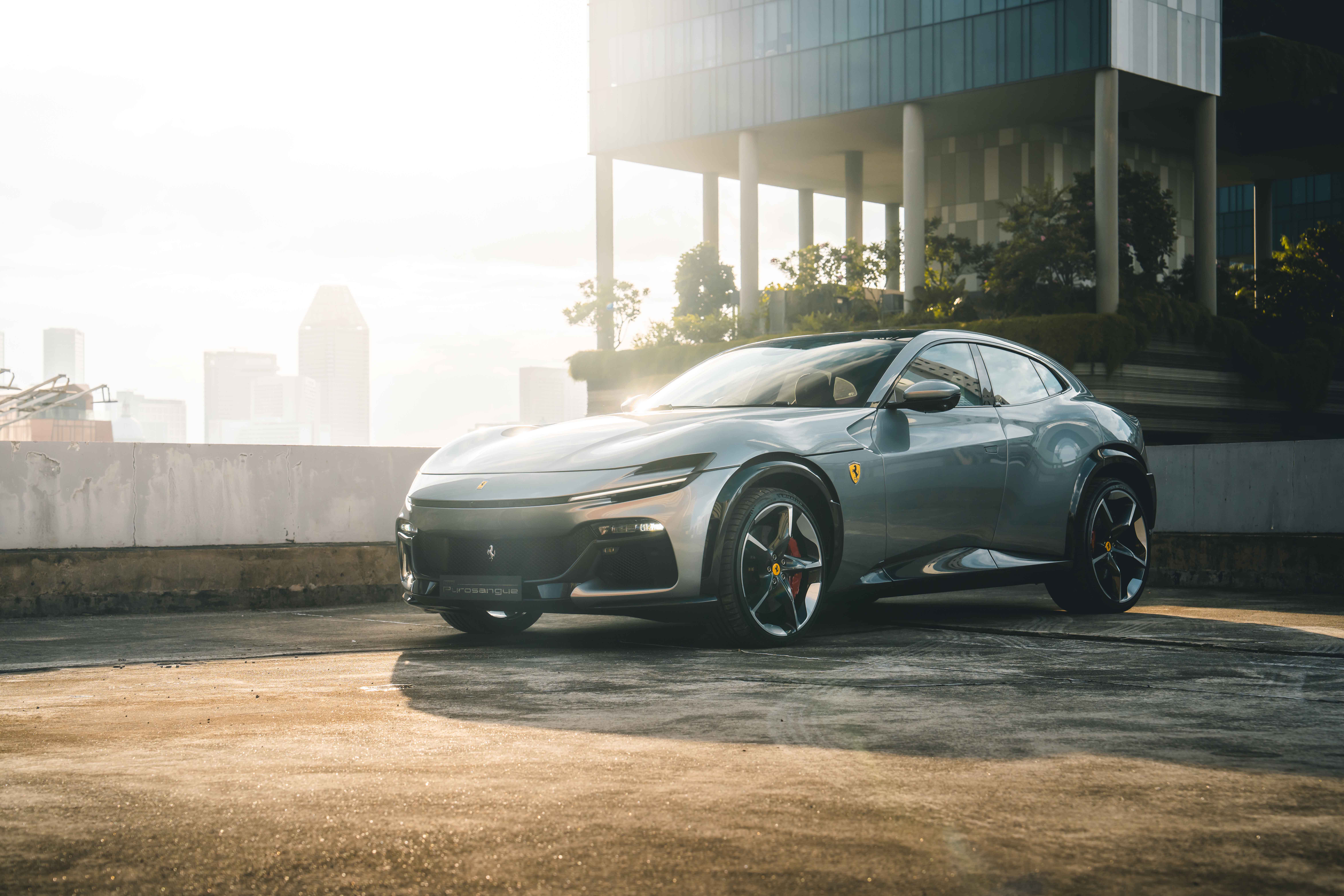
The Purosangue’s mid-front-mounted engine with the gearbox at the rear creates a sporty transaxle layout. The Power Transfer Unit (PTU) is coupled in front of the engine to provide a unique 4x4 transmission. This delivers exactly the 49:51% weight distribution that Ferrari’s Maranello engineers deem optimal for a mid-frontengined sports car. Another thing to remember is this four-wheel drive SUV isn’t meant for climbing muddy, boulder-covered hills; it’s for digging its hoofs in and grabbing the asphalt.
As mentioned earlier, to reduce body roll while cornering, the SUV’s adaptive suspension system, which comes standard, applies force to the dampers using an electric motor at each corner. As such, the Purosangue does not need traditional anti-roll bars, and it can also hunker down during hard driving by reducing its ride height by 10 mm.
And don’t even give a second thought about power — there’s plenty. This thoroughbred can accelerate from 0 to 100 km/h (62 mph) in 3.3 seconds; that’s faster than some of today’s electric vehicles. The Purosangue also has a top speed exceeding 310 km/h (193 mph), not that you’d ever even get close to testing the limit. But with all that speed comes a significant downside as you can kiss your petrol money goodbye: The V-12-powered Purosangue is one of Ferrari’s least fuel-efficient offerings, and this horse drinks a lot.
It achieves only around 4.5 km/l in the city and 6.4 km/l on the highway. Still, if you can afford this SUV, the last thing you’ll be worried about is the price of petrol.
The Purosangue is the only existing Ferrari that can accommodate four “real” or full-sized people. It features a set of “suicide” rear doors designed to make it easier to access the back seat while maintaining the relative appearance of a two-door vehicle. Both seat areas have a centre console, and the front and rear seats are separate buckets, so there isn’t a bench in the back for a fifth passenger.
The interior of the Purosangue looks and feels like a tastefully appointed, sporty lounge. When the doors are opened, a cavernous amount of space is revealed. The sophisticated luxury of the interior exudes a sense of both elegance and modernity. As for cargo capacity, the Ferrari Purosangue has a luggage space of 473 litres with the rear seats up. This can be increased significantly by folding down the rear seats, creating a larger, flat load space. The car has enough luggage space for a weekend trip for four people.
In actual fact, Ferrari doesn’t think the Purosangue should really be considered an SUV. It claims the Purosangue defines a new genre and is a thing in its own right. Whether you agree with Ferrari or not, the Purosangue is undeniably in a breed by itself.
Given that the waiting list is reportedly two years long, Ferrari is consciously attempting — and succeeding — to put itself ahead of all competitors. The Rolls-Royce Cullinan is the only vehicle that can compete on price, and it’s not a really fair comparison. What’s more, the Purosangue is a genuine daily driver, something that Ferrari owners have not had access to until now.







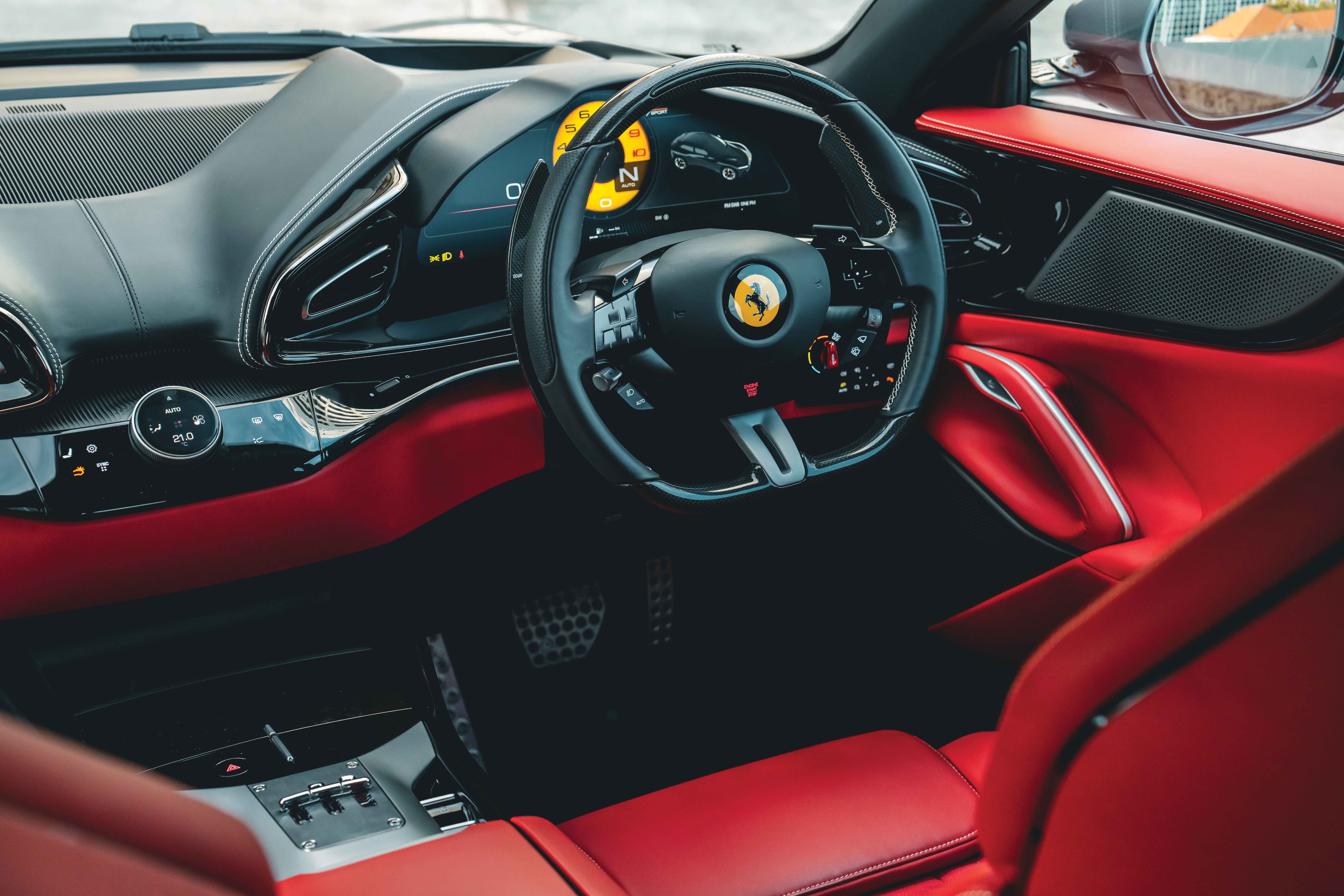
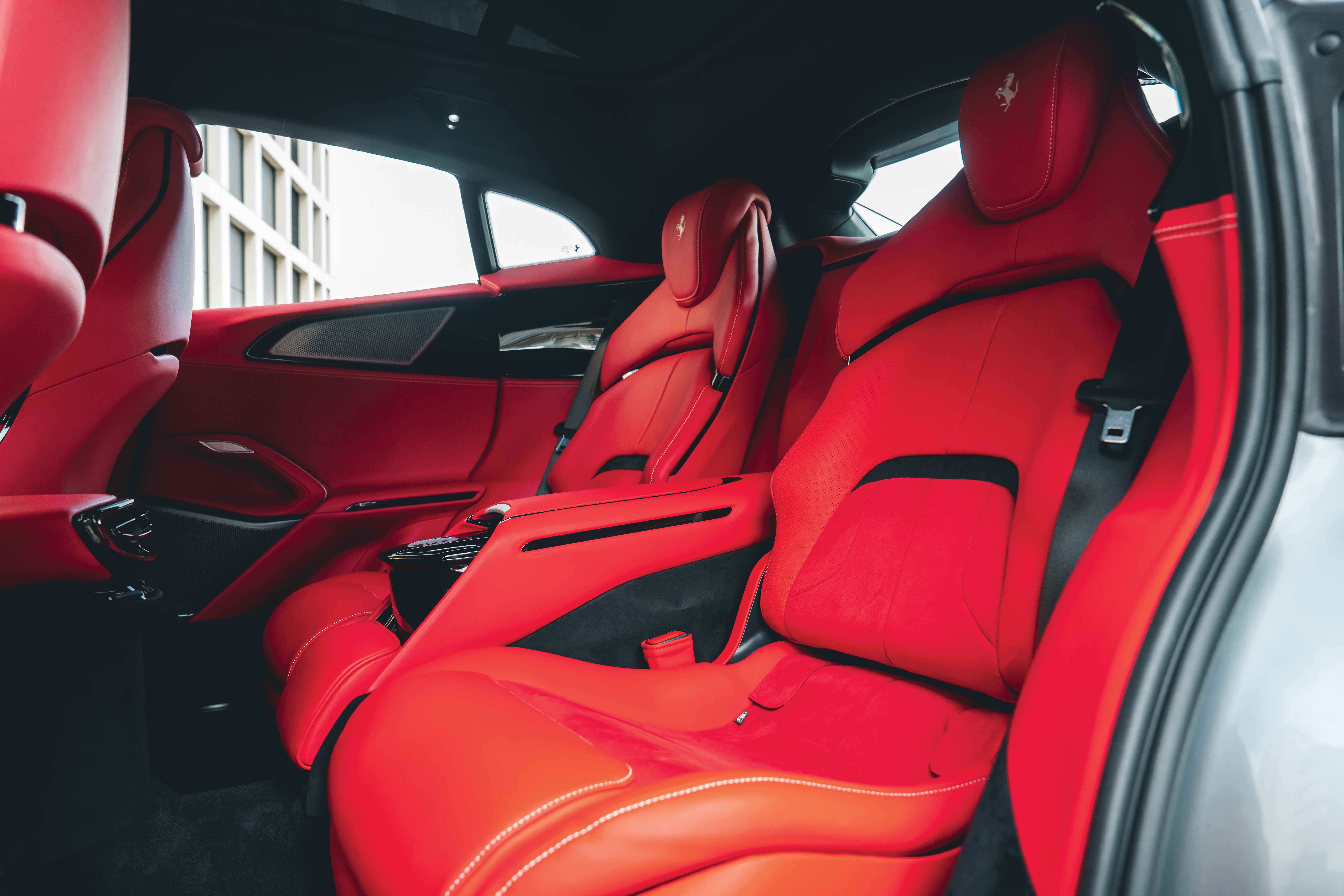

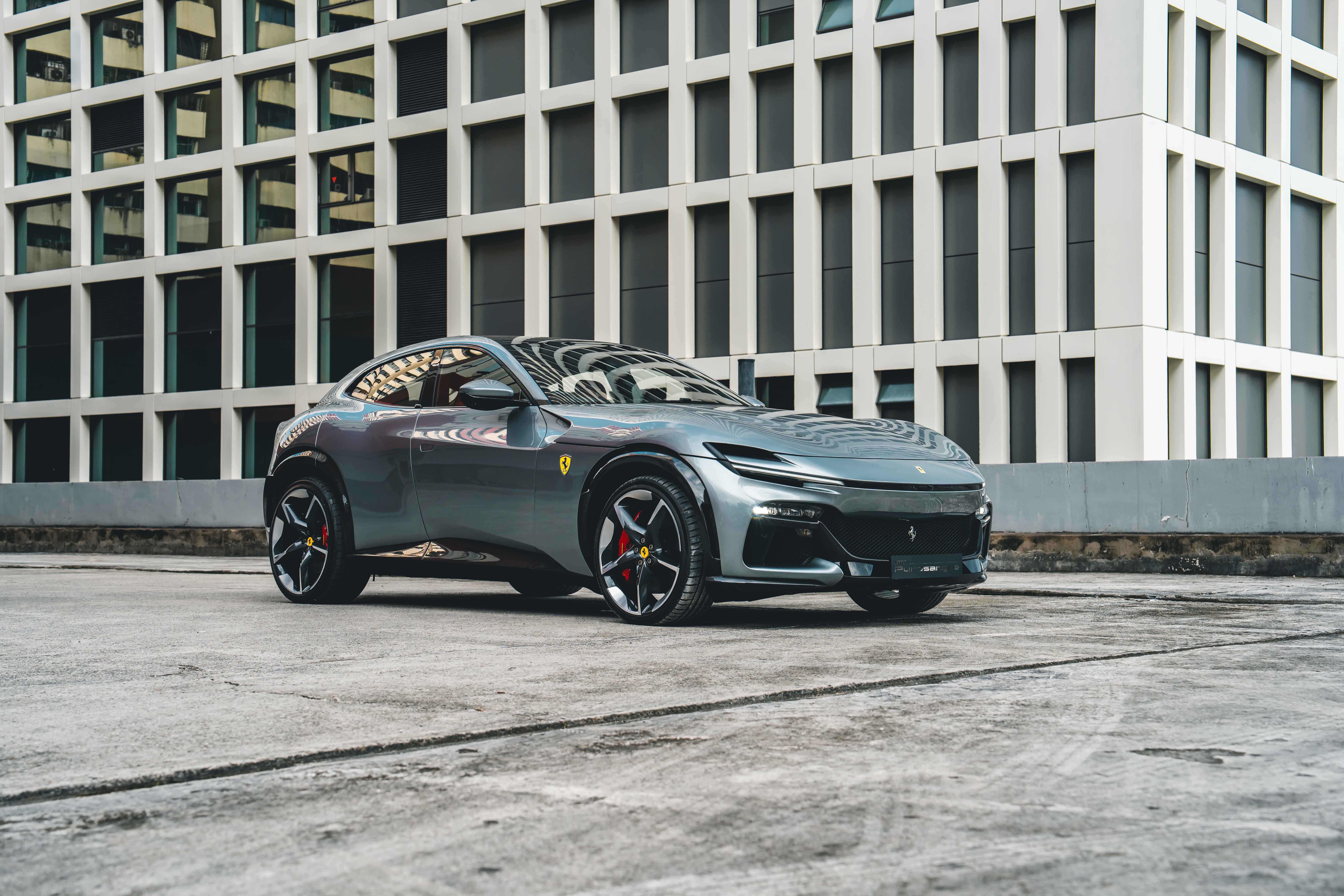
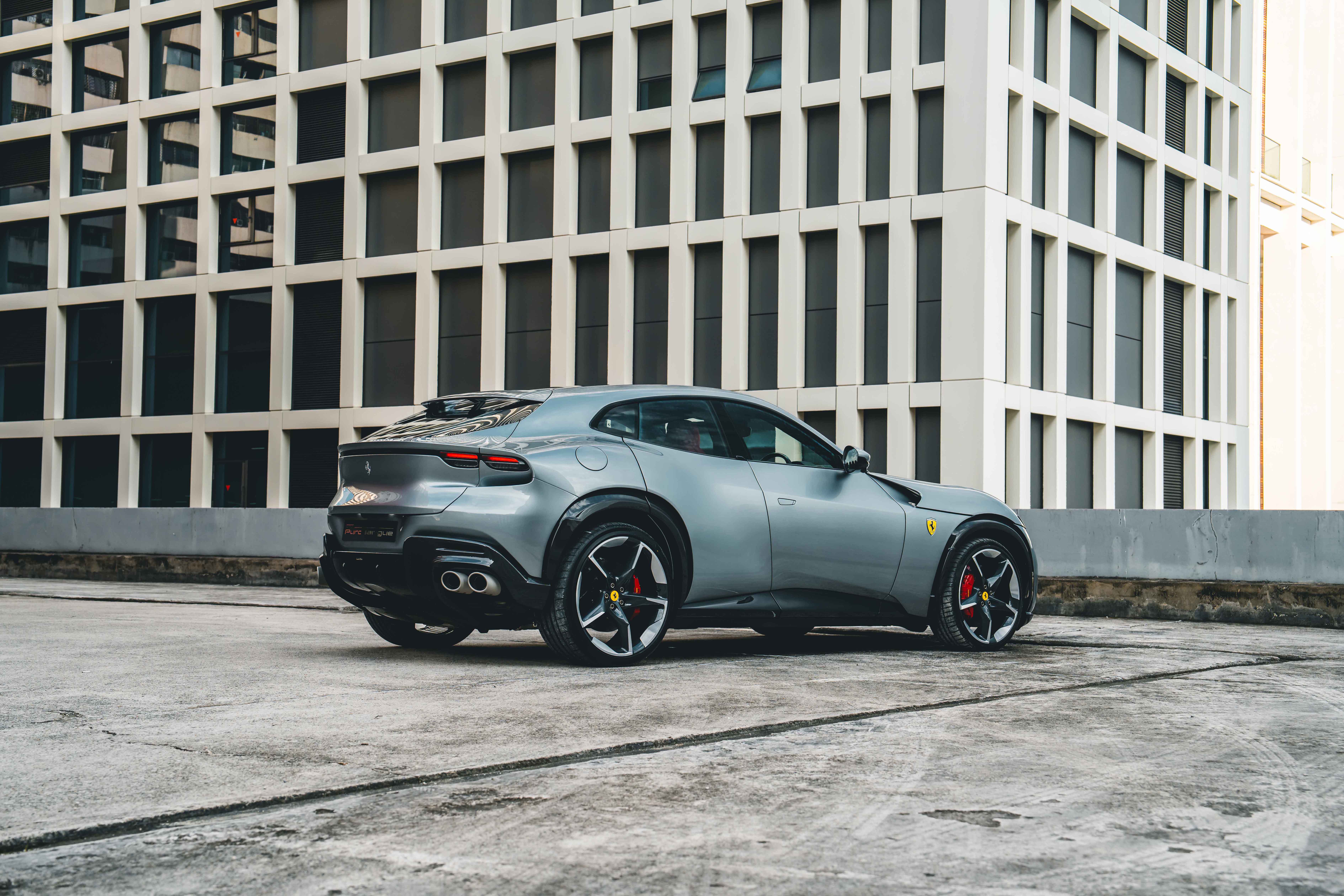

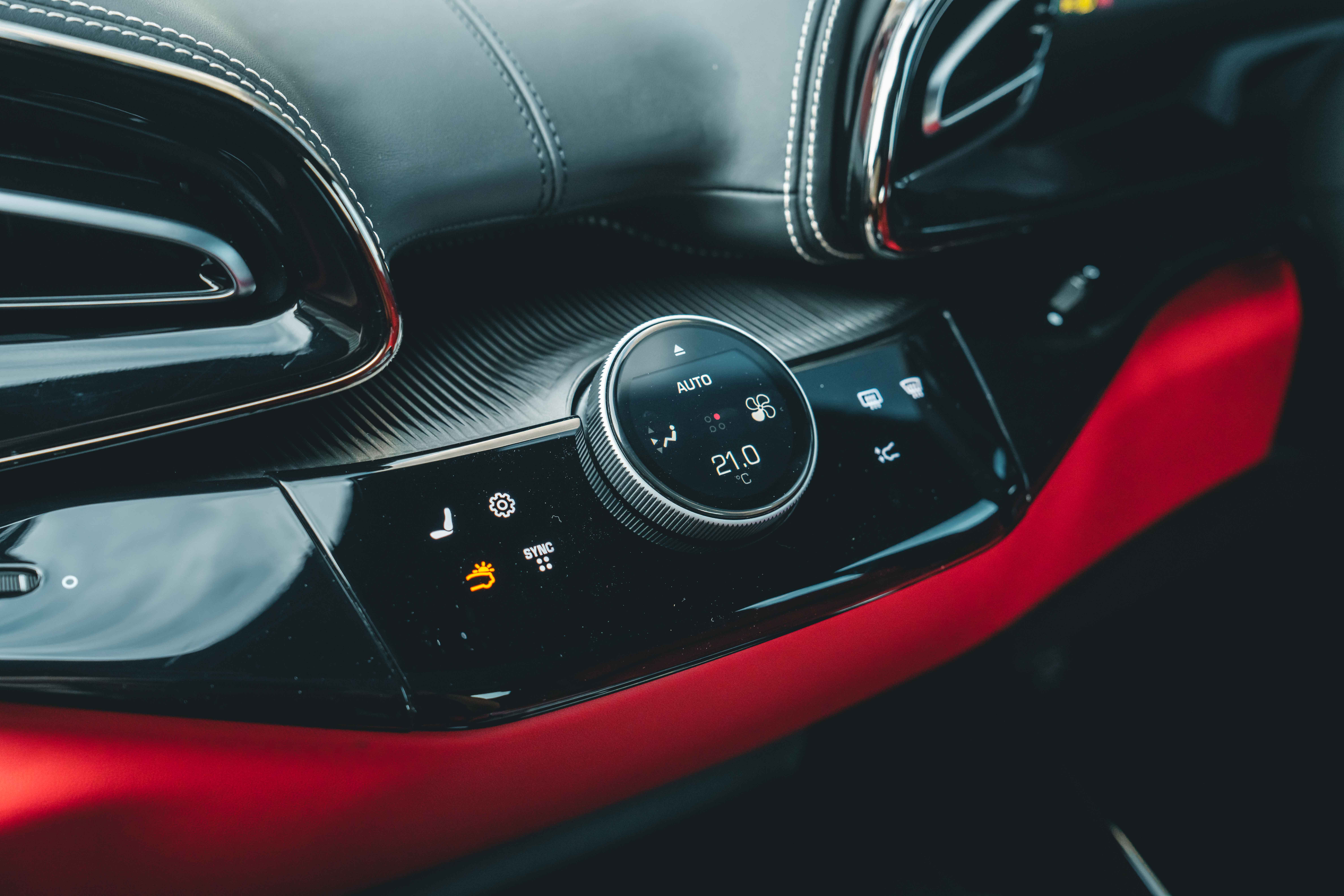
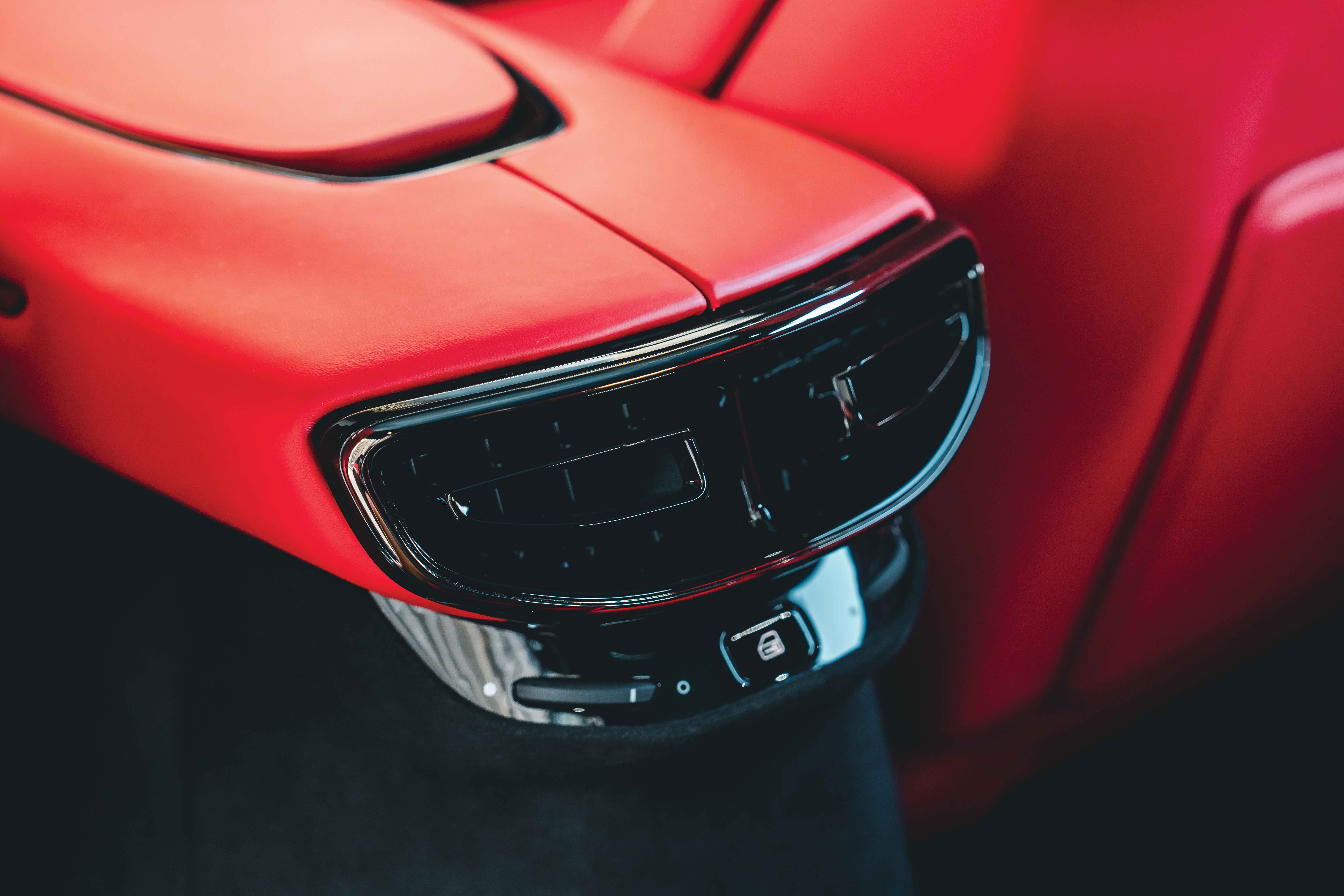
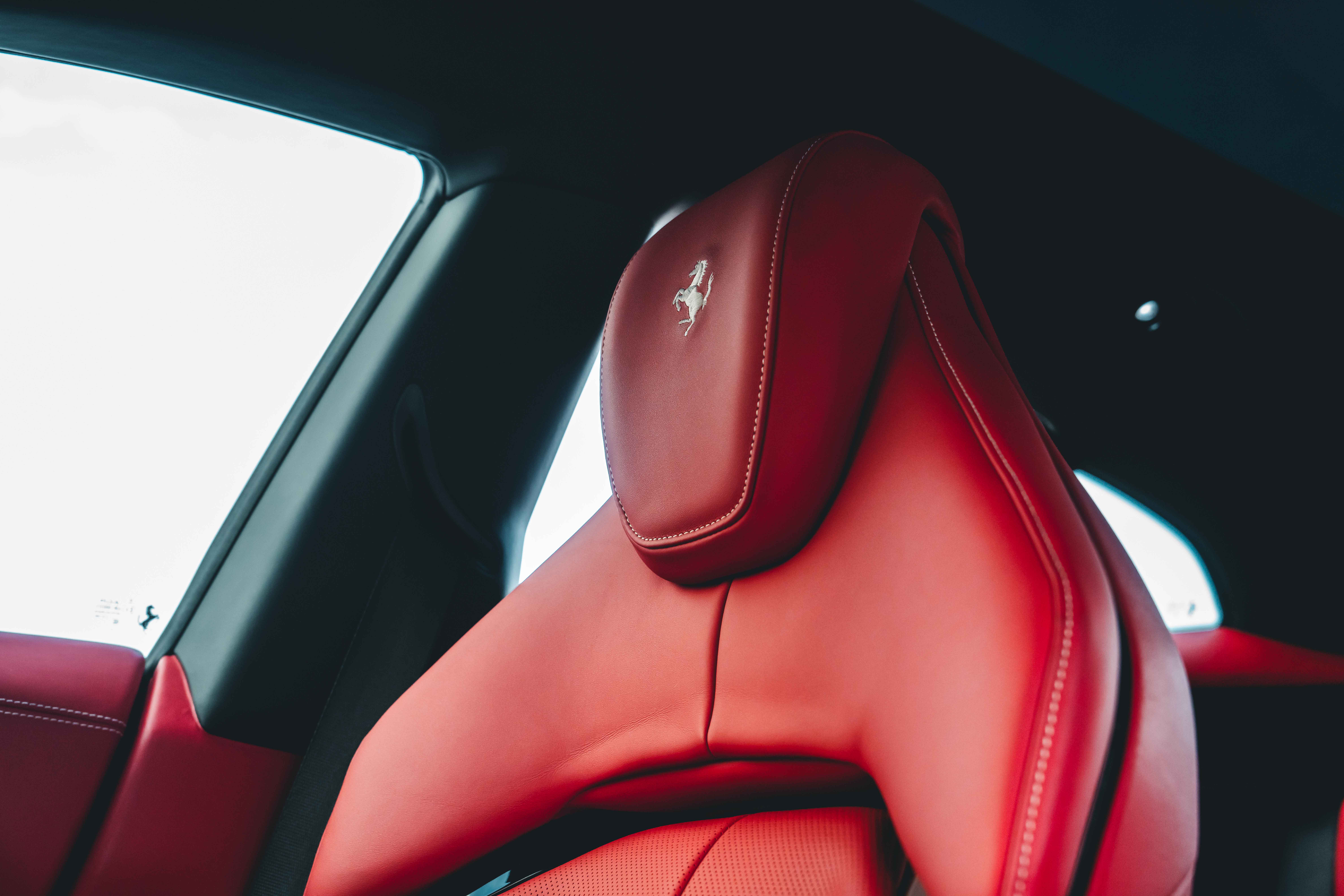
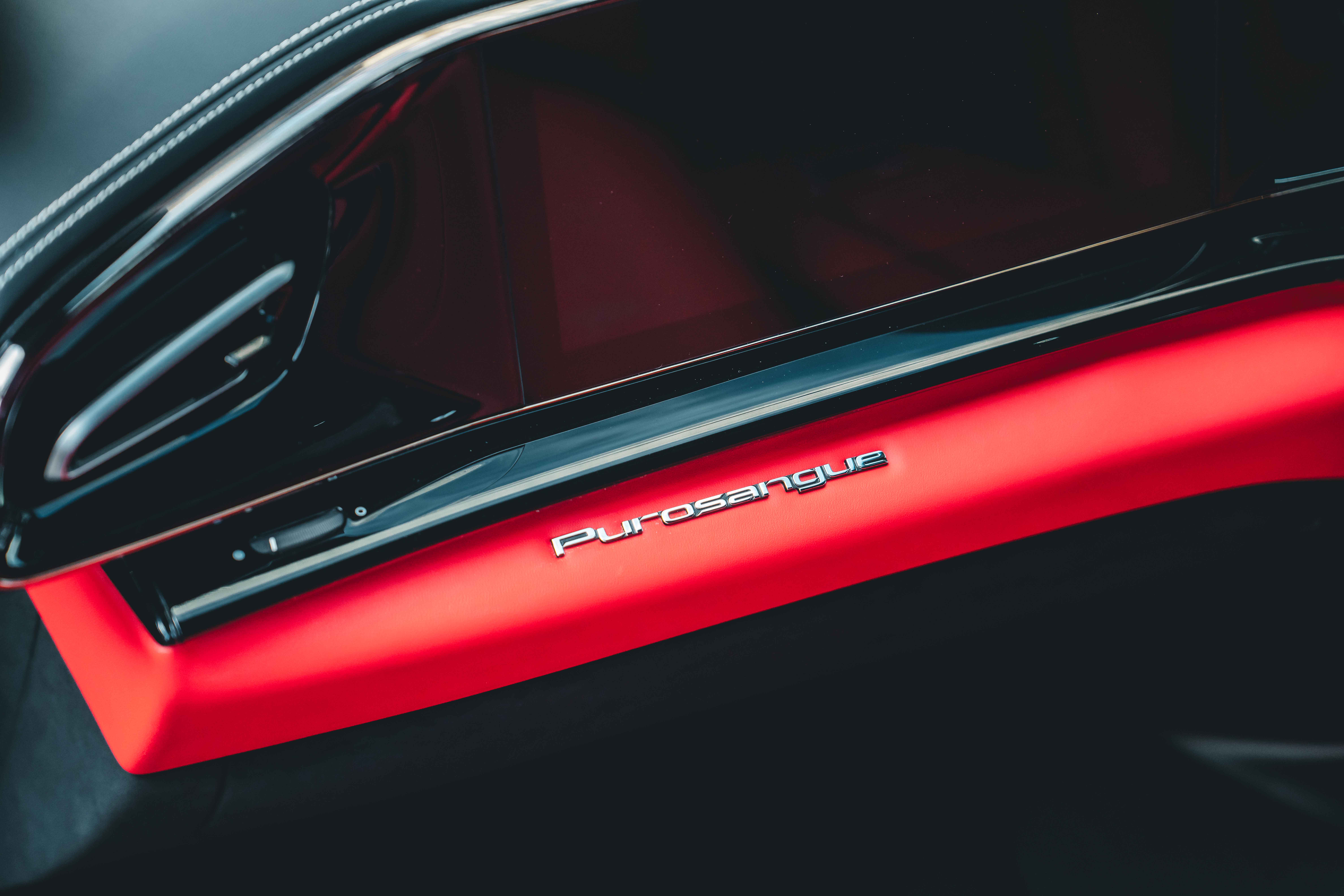




 Back
Back
